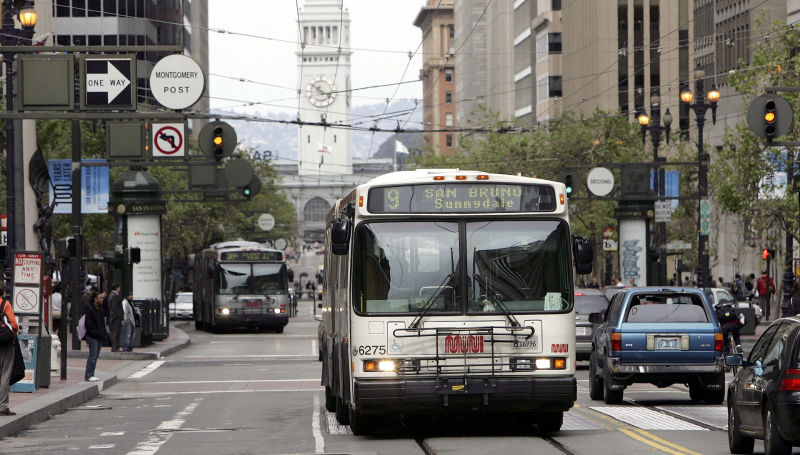San Francisco's Muni is launching a major expansion in bus and Metro light-rail service this weekend that officials say is a response to both the city's increasing population and changes in how people work and play here.
San Francisco Municipal Transportation Agency officials say more frequent service will start Saturday on Muni's six light-rail lines as well as on 14 bus routes. The agency is expanding service hours on eight bus lines and creating connections to BART on two other routes. It's also adding overnight "owl" service on two lines.
Saturday will mark the fourth and largest service increase that's part of what the agency calls Muni Forward, a project that began in January 2015.
But the real expansion will be seen on Monday, the first weekday in the new schedule, said John Haley, Muni's director of transit.
"We will have more service out on the streets than we've ever had in the history of the agency," Haley said in an interview. "We're responding to a need when people are living and working differently than they were 20 years ago."
